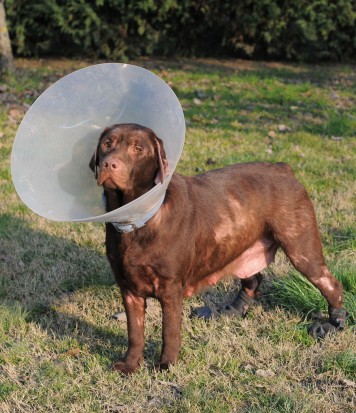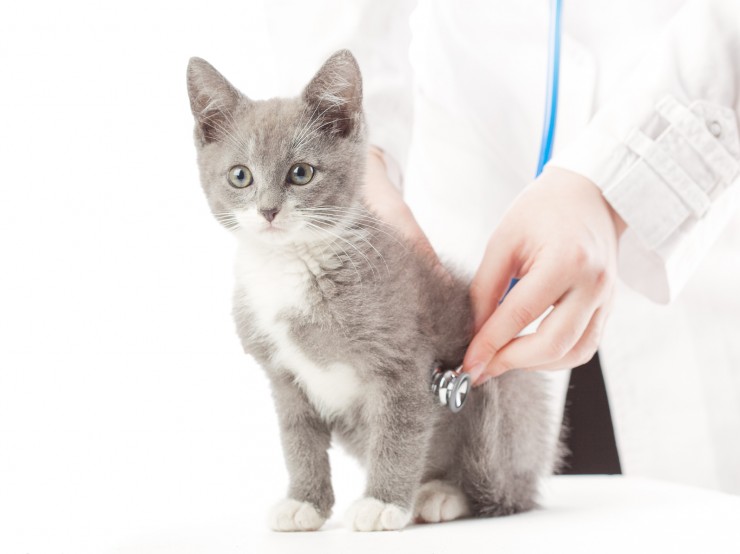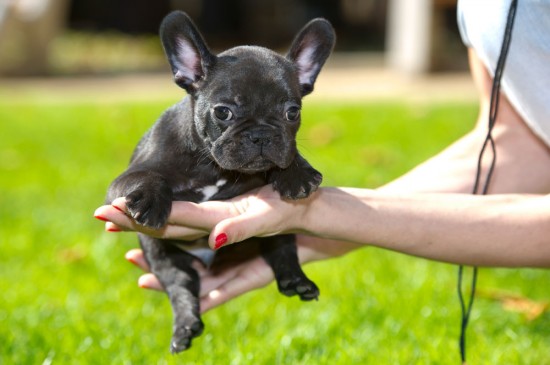

Although they are of course, relatively rare, most pet lovers will have noticed a cat or dog on their travels at some point that was getting about on only three legs. The reasons for why a pet might lose a limb or need to have a limb removed are varied and numerous, but amputation is often one of the most viable treatment methods in pets that have significant damage or problems with one leg, for a variety of different reasons. The good news for animal amputees is that unlike people who of course have just two legs to begin with and usually need to use a prosthesis (artificial limb), crutches or wheelchair to get about after losing a limb, cats and dogs have three other legs to support them, and pets with just three legs generally manage surprisingly well.
Are you considering taking on a three-legged pet, or has your vet been talking to you about the possible need to amputate one of your pet’s limbs for some reason? Need to know more? Keep reading!
There are a whole range of reasons behind why a pet might have had a limb amputated, or might need to have a limb amputated. Often, amputation is the most straightforward course of action to deal with an injury or problem, and in some circumstances is considered to be less traumatic, have less short and long-term side effects and pose less problems with healing and recovery than other treatment methods. That said, amputation is obviously not a course of action to be undertaken lightly.
Surgery to amputate a limb can range from the relatively straightforward to the extremely complicated, depending on the reasons behind the decision to amputate and how the procedure goes.
Amputation is of course a serious surgery with far reaching consequences for the pet, as well as requiring a significant amount of aftercare and monitoring while the wound heals. Secondary infections, damage to the wound site by the animal interfering with it and a range of other issues can arise from amputation, and so careful monitoring after surgery is vital in order to prevent or address any problems as they come up.
Understandably, losing a limb is not something that should be taken lightly, and the remaining stump of the limb is likely to be painful and later, itchy for the pet for some time afterwards as it heals. That being said, most pets deal surprisingly well with recovery from an amputation, and will usually be able to go home on a carefully supervised basis with a range of follow-up appointments scheduled after just a few days as an inpatient.
It is of course to be expected that re-learning to walk after an amputation is going to prove a challenge, and your pet may fall over several times while they get used to things. However, most animals get back up onto their remaining three legs and start to develop their own gait to accommodate for the missing limb almost as soon as they are allowed to, and the time that it takes them to find their balance and get walking or even running about is often surprisingly short.
Exactly how much an amputation affects your pet’s ongoing lifestyle after the initial recovery period has passed will depend on a range of factors, including whether a front or hind leg was amputated, your pet’s mood and temperament, and how you manage things.
Jumping may prove more difficult for a cat with an amputation, particularly if a hind leg was amputated, although your pet should still be able to jump short distances onto surfaces that are not too high.
Your pet’s gait will of course change, and the absence of the fourth limb can place additional pressure and strain on the remaining limbs. It is important to return to the vet every six months or so even after the initial recovery period has passed to make sure that your pet is coping and not developing any problems in their other legs.
Going to the toilet can prove more difficult for both dogs and cats, although they usually work out a way to manage given a little time.
Swimming will prove almost impossible for a pet with three legs, as they will be unable to maintain the buoyancy and forward movement required to swim. So if you own a dog that was previously a keen swimmer, this activity will almost certainly be unviable in the future. You should take care to make sure that your three-legged cat or dog is not in any danger from open water features such as streams or ponds that they may fall or get into and be unable to get out of.
It is often assumed that three legged cats should be kept as indoor-only cats after an amputation, although this doesn’t have to be the case. If you do wish to let your cat go outside as normal, it is important to discuss this in depth with your vet first, and thoroughly risk-assess the surrounding area to make sure that your cat won’t run into difficulties.
If your vet recommends amputation for your pet, don’t panic. By all means look into alternative treatment options and weigh up the costs and benefits involved, but don’t assume that having a limb amputated is the end of the world, or will provide an unviable quality of life for your pet.
Most animals recover and manage well after an amputation, and go on to lead long, happy and healthy lives, although of course they will require a little more supervision and care from their human family to accommodate for it.
 Breeds Of Carriage Horse And Pony
Breeds Of Carriag
Breeds Of Carriage Horse And Pony
Breeds Of Carriag
 Dermatitis In Dogs
Dermatitis In Dog
Dermatitis In Dogs
Dermatitis In Dog
 When Cats Need Emergency Veterinary Treatment
When Cats Need Em
When Cats Need Emergency Veterinary Treatment
When Cats Need Em
 Ten Pitfalls To Avoid When Buying A Pedigree Puppy
Ten Pitfalls To A
Ten Pitfalls To Avoid When Buying A Pedigree Puppy
Ten Pitfalls To A
 Are Flea And Tick Preventives Safe?
In the spring of 2009, the EPA announced that it would i
Are Flea And Tick Preventives Safe?
In the spring of 2009, the EPA announced that it would i
Copyright © 2005-2016 Pet Information All Rights Reserved
Contact us: www162date@outlook.com